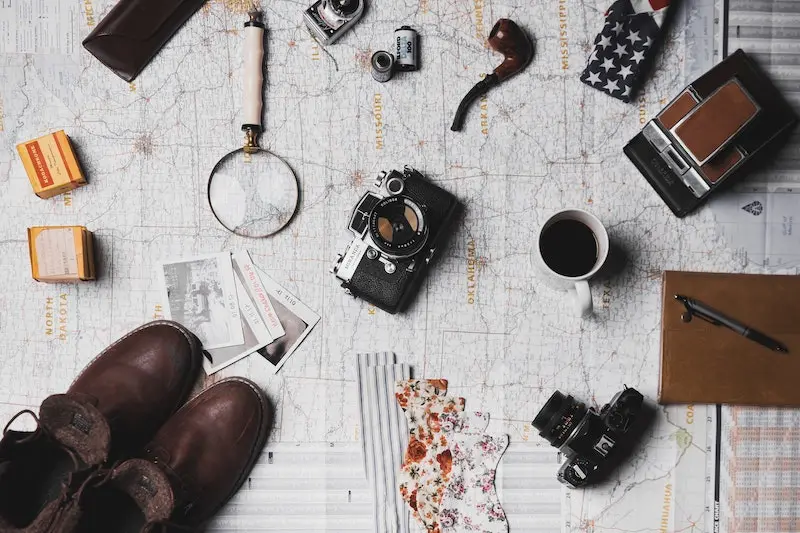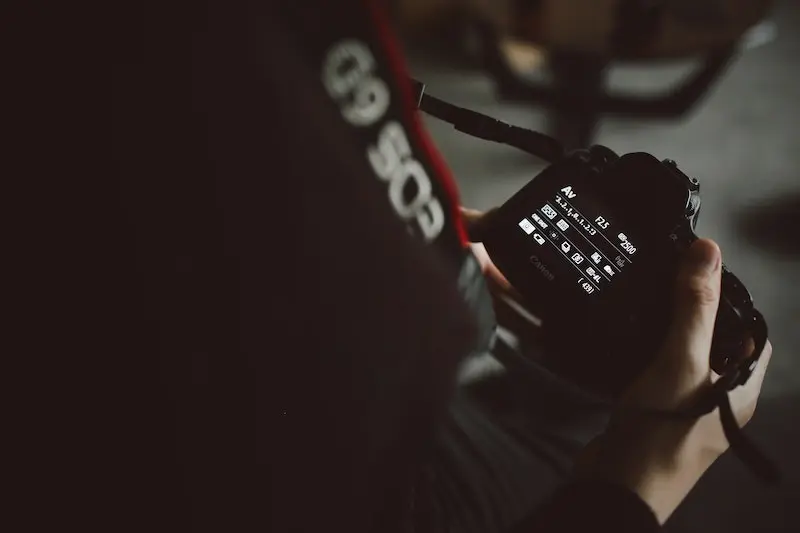You have to be creative and have good skills to create beautiful pictures. Part of the professional photographer’s world boils down to this. But once they have made their talent known and start to post their photos online, they face a big threat: theft and identity theft. Indeed, of the 3 billion images exchanged daily on the Internet, 85% are exchanged illegally.
The number of illegal copies that still escape copyright today is proof that many photographers are not aware of the protection mechanisms that exist to help them protect themselves against such abuses. It is important to circulate them as widely as possible to allow everyone to implement the solution that best suits their needs in order to limit the damage. Here are some tips to help you avoid online photo theft.
Table of contents
Decrease the size and reduce the quality of photos
There are a variety of actions that can be taken to prevent images posted on the web from being diverted from their original purpose and used for other purposes. The first thing to do is to reduce the size. The larger the photo, the wider the use that can be made of it, and the greater the risk of borrowing or theft. Therefore, it’s preferable to export pictures intended for use online at a size of 600 or 700 pixels, up to a maximum of 1000 pixels on the widest side.
By reducing the size of the images, a high compression ratio and a lower quality are obtained. It is also possible to directly influence the compression of files when exporting with photo-editing software. This is a great way to control the final size of a photo and its appearance and to save it in standard web formats. Of course, these measures do not prevent the theft of images, but coupled with other steps, they greatly limit their malicious use, especially with regard to printing.

Disable right click
Most browsers offer a number of features designed to enhance the user experience. The downside is that photos are more vulnerable to theft. For example, with a simple right-click on an image, a user can save it to their gallery. It’s also the fastest way to download photos. Fortunately, it is possible to counteract this bias quite easily.
On a portfolio, there is a simple solution that consists of inserting a Javascript code that inhibits the appearance of the context menu. The problem is that disabling the right click prevents users from using other convenient features. To avoid this, it is recommended to use an attribute directly on the HTML image tag. In this case, right-clicking is disabled only on images.
There is another problem with this technique: most current browsers allow Javascript to be disabled. But by creating a page at the root of the site called js.html error, this flaw can be bypassed. The user is then informed of the need to enable Javascript to continue browsing. This is a radical step. However, it’s not always very wise to implement it, as it can reduce the number of visitors to the page. It is best to go through hosting platforms like WordPress to disable right-clicking on images.
While right-clicking is a common way to copy photos, other techniques exist. It is important to implement additional measures to limit theft, namely:
- disable click-and-drag images in Firefox;
- prevent the display of the image bar in Internet Explorer.
Affix a watermark
A particularly effective protection technique consists in marking the photos by affixing a watermark. This is a visual signature that appears on a photo to simply indicate that it is not free. This can be done manually or automatically using photo-editing software. There are different types of watermarks. Therefore, the choice is left to the photographer to mark their photos as they wish.
One technique is to write your name (or logo). This is a simple and very aesthetically pleasing solution, as long as you place it in a corner of the photo. This is not the case with other types of watermarks that spoil the beauty of the image and blur the picture. If the advantage of placing a watermark is to prevent the image from being diverted from the use for which it was created, care must be taken in the process not to distort it.
In reality, the watermark only serves as a deterrent. Since the photos are marked with a special imprint, they are protected in absolute terms. However, there is a risk: a person who knows a little bit about Photoshop can easily erase the signature on an image and claim its authorship, much to the displeasure of the real author. To avoid this, the user must fill in certain information in the image file.
Complete EXIF and IPTC data

Asserting copyright
A photo is an intellectual work. As such, it is subject to copyright. The authoritative legal text in this field is article L111-1 of the Intellectual Property Code. It stipulates that: “The author of an intellectual work enjoys an exclusive intangible property right on this work, by the sole fact of its creation, which is enforceable against all. This right includes intellectual and moral attributes as well as attributes of an economic nature (…) ».
While photos in France are protected by copyright by default, this is not the case in other countries. In the United States, for example, the law does not recognize one of the components of copyright, which is the moral right, and requires any image owner to go through formalities to be considered an author. This means that the latter must provide formal proof that they own the copyright of the published work. To do this, the universal convention of 1952 introduced a major innovation: copyright ©.
Copyright guarantees some kind of protection in all the states that are signatories to this convention. A photo with this mention cannot be used without the consent of its owner or their assigns. This adds additional protection. So, it is advisable for photographers (beginners, intermediates or professionals) to file a copyright registration to assert their copyright for their creations.
Even if the use of copyright has no legal significance in France, the web has no borders. You might as well file your works in order to be able to assert copyright in the event of a problem. To file a copyright registration, there are 3 possibilities:
- an online filing site;
- a public notary;
- the INPI (National Institute of Industrial Property).
In conclusion, in photography, the protection of images is a major issue. Some measures can be implemented more quickly than others. Cumulative measures also guarantee good results.










